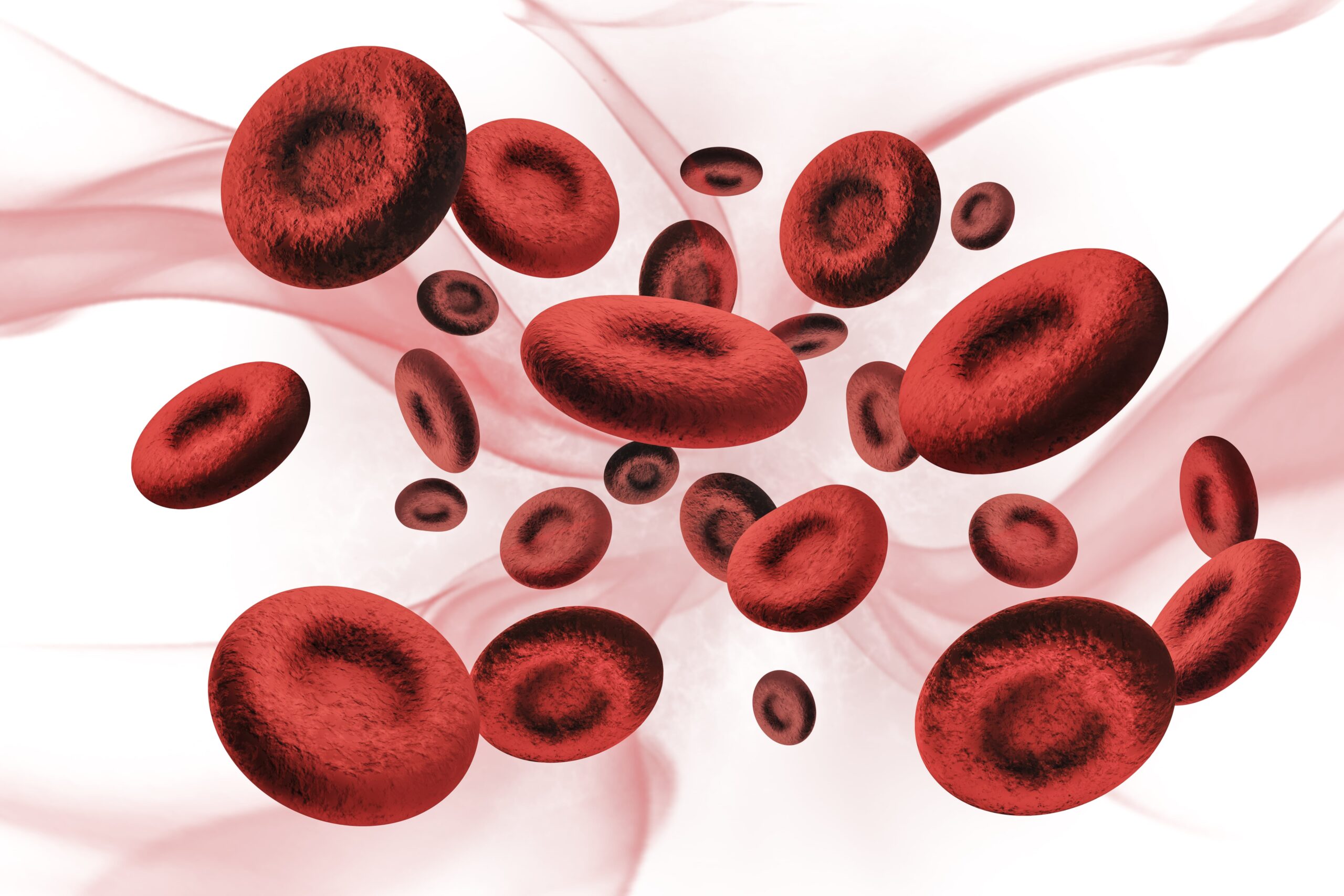Blood clots play a crucial role in healing, but when they form unnecessarily, they can lead to serious health complications like deep vein thrombosis (DVT) and pulmonary embolism. According to Dr. Ravul Jindal, understanding the causes, recognizing the symptoms, and making lifestyle changes can significantly reduce the risk of dangerous clotting while promoting better circulation and vascular health.
What Causes Blood Clots?
Blood clots occur when platelets and proteins form a solid mass inside veins or arteries. Some common risk factors for blood clots include:
✔ Prolonged inactivity – Sitting for long hours, especially during travel, can slow blood flow.
✔ Medical conditions – Heart disease, diabetes, and certain cancers increase clot risks.
✔ Surgery & injuries – Tissue damage can trigger excessive clot formation.
✔ Smoking & dehydration – These affect blood circulation, making clotting more likely.
✔ Hormonal changes – Birth control pills and pregnancy can elevate clotting risks.
Signs & Symptoms of Blood Clots
Identifying early signs of blood clots can be life-saving. Seek medical help if you notice:
🔹 Swelling & pain – Especially in the legs (DVT)
🔹 Redness & warmth – Affected areas may feel unusually warm
🔹 Shortness of breath & chest pain – Possible signs of pulmonary embolism
🔹 Unexplained dizziness – A potential symptom of a clot affecting blood flow
How to Prevent Blood Clots Naturally
Taking proactive steps can reduce blood clot risks and improve vascular health. Here’s how:
- Stay Active & Exercise Regularly
Move frequently, especially if sitting for long periods. Walking, stretching, and leg exercises help maintain good blood circulation and prevent clot formation.
- Maintain a Healthy Diet
A balanced diet improves circulation and heart health. Include:
✔ Leafy greens (rich in Vitamin K for balanced clotting)
✔ Fatty fish (Omega-3s reduce inflammation and clot risks)
✔ Berries & citrus fruits (boost blood vessel health)
- Stay Hydrated
Dehydration thickens blood, making clotting easier. Drink plenty of water to keep your blood flowing smoothly.
- Wear Compression Socks
If you’re at risk for DVT, compression socks help improve blood circulation and prevent clot formation.
- Avoid Smoking & Limit Alcohol
Smoking narrows blood vessels and increases clotting risks. Reducing tobacco and excessive alcohol intake promotes better circulation.
Who is at Higher Risk?
Certain people are more vulnerable to blood clots, including:
✔ Those with a family history of DVT or pulmonary embolism
✔ Individuals who are overweight or sedentary
✔ Women on hormonal birth control
✔ Patients recovering from surgery or prolonged hospitalization
Understanding and preventing blood clots is crucial for maintaining a healthy circulatory system. By staying active, eating well, and recognizing early signs, you can lower your risk of DVT, pulmonary embolism, and other clot-related conditions.
Concerned about blood clot risks? Book a consultation with us and take charge of your vascular health!


